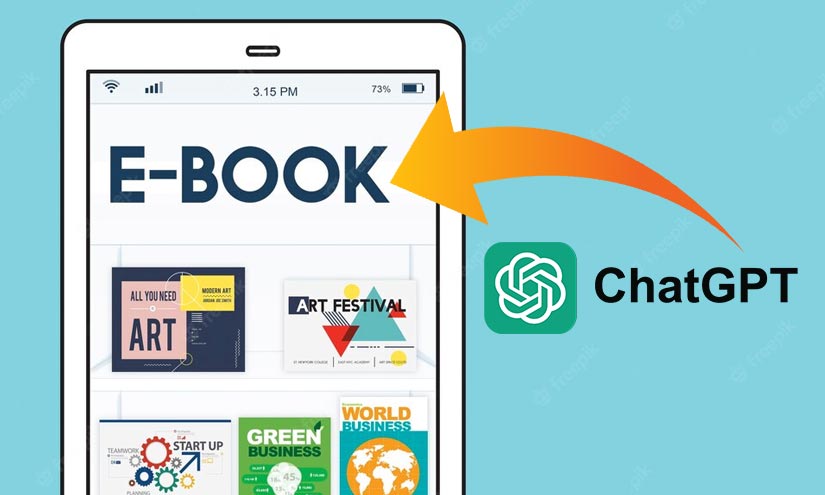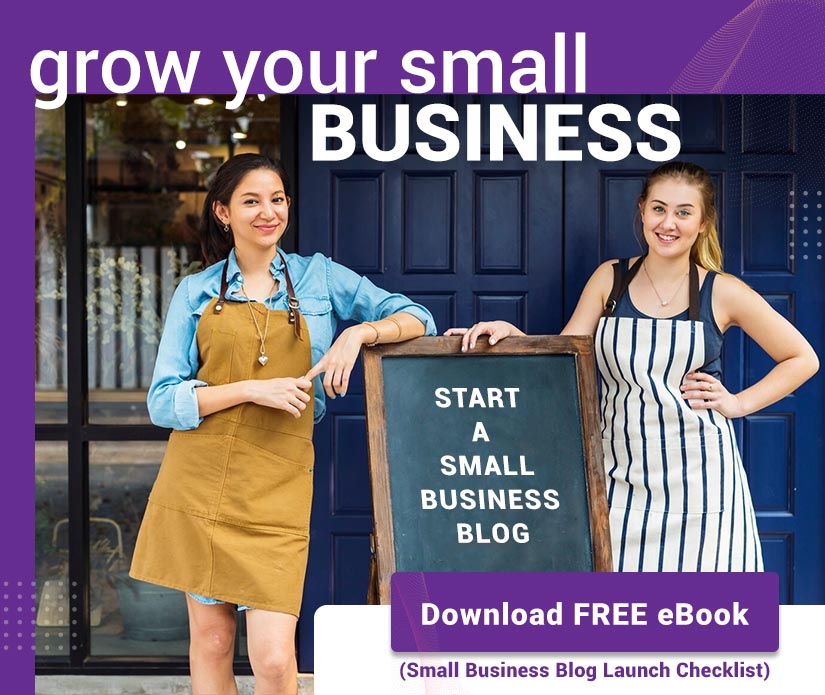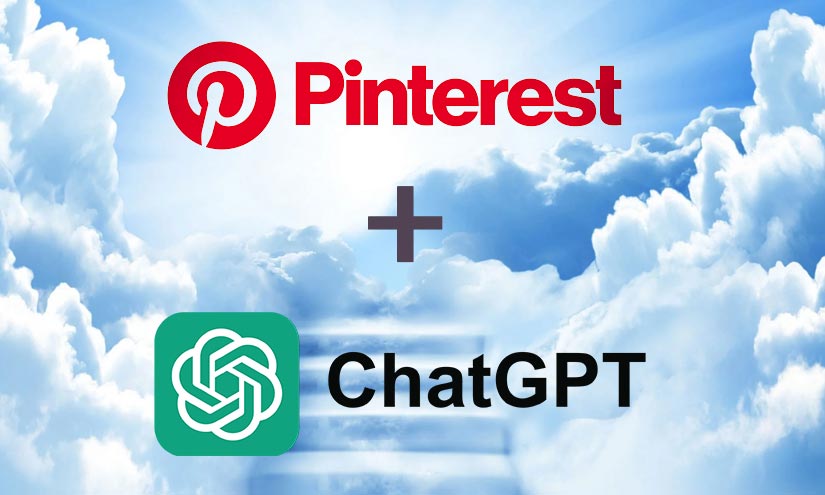Ebooks have become a popular medium for publishing and distributing written content. They offer several advantages over traditional print books, such as lower production costs, ease of distribution, and the ability to reach a global audience. As a result, many authors and publishers have turned to ebooks to make money online.
In this detailed article, we will explore how you can make money selling ebooks with ChatGPT OpenAI that can generate high-quality content on various topics.
Table of Contents
Step 1: Write an ebook on a topic that interests you
The first step to making money with ebooks is to write a book on a topic you know and are passionate about. This could be anything from a guide to starting a business, a cookbook, a memoir, or a self-help book.
The key is choosing a topic that you know well and will appeal to a specific audience. ChatGPT can help you with ideas and writing if you need support.
Tips for finding a topic that interests you for writing an eBook:
- Start by brainstorming a list of topics that you are passionate about. This could include hobbies, interests, or topics related to your career or personal life.
- Look for gaps in the market.
- Is there a topic you are interested in that currently needs to be covered by other eBooks?
- Consider your target audience. Who do you want to read your eBook? What topics would be of interest to them?
- Research popular topics on Amazon, Google, or other search engines. Look for keywords related to your interests and see what comes up.
- Look for trends in your industry or niche. What topics are people talking about or searching for?
- Check out forums, online groups, and social media platforms related to your interests. What questions are people asking? What topics are being discussed?
- Look for inspiration in books, movies, or TV shows related to your interests. Are there any topics that you could expand on or explore further?
- Consider your own experiences and expertise. What knowledge or skills do you have that could be of interest to others?
- Ask your friends, family, or colleagues for their opinions. What topics do they think you would be good at writing about?
Finally, choose a topic you are passionate about and feel confident writing about. Remember, the more interested you are in the topic, the more enjoyable and fulfilling the writing process will be.
Step 2: Edit and format your ebook
Once you have written your ebook, the next step is to edit and format it. You can use online editing tools or hire a professional editor to help you polish your writing and ensure it is error-free.
Formatting is also important to ensure your ebook looks professional and is easily read on different devices. You can format your ebook using software such as Calibre or Adobe InDesign.
- Break your content into sections or chapters to make it easier for readers to follow along.
- Use a consistent font throughout your eBook. This will make your eBook look more professional and easier to read.
- Focus on clarity and conciseness. Ensure your writing is easy to understand and your ideas are communicated clearly.
- Use headings and subheadings to break up your content into sections. This makes your eBook more organized and easier to navigate.
- Ensure your eBook is correctly formatted for the platform you are publishing on (e.g., Amazon Kindle, Apple iBooks, etc.). Consider the formatting of your eBook. Use consistent headings, font sizes, and styles to create a professional look and feel.
- Use bullet points and numbered lists to make your content easier to read. Use bulleted or numbered lists to make your content more digestible and readable.
- Include hyperlinks to any resources or websites mentioned in your eBook. This makes it easier for readers to access additional information.
- Add images or graphics if appropriate. Make sure that they are high-quality and relevant to your content. Ensure all images and graphics are high quality and optimized for digital viewing.
- Use page breaks to create a clean separation between sections or chapters.
- Check your eBook’s formatting on different devices and make any necessary adjustments to ensure it looks good on all screens.
- Use consistent spacing and margin sizes throughout your eBook.
- Pay attention to grammar, spelling, and punctuation. Use a spell-checker tool and proofread your work carefully to catch any errors.
- Consider hiring a professional editor or proofreader to review your eBook and provide feedback on areas that need improvement.
- Test your eBook on different devices to ensure it looks good and is easily read on various screens.
- Proofread your eBook multiple times to catch any errors or typos. Read through your eBook from beginning to end and make notes on any areas that need editing or revision.
7 tools to help with editing and formatting your eBook:
- Microsoft Word: https://www.microsoft.com/en-us/microsoft-365/word
- Google Docs: https://www.google.com/docs/about/
- Scrivener: https://www.literatureandlatte.com/scrivener/overview
- Vellum: https://vellum.pub/
- Reedsy: https://reedsy.com/
- Canva: https://www.canva.com/
- Grammarly: https://www.grammarly.com/
Step 3: Choose a platform to sell your ebook
- Choose a platform compatible with your eBook’s format (e.g., PDF, EPUB, MOBI).
- Consider the fees charged by the platform for selling your eBook. Again, look for a platform that offers a competitive fee structure.
- Check if the platform provides tools for promoting your eBook, such as email marketing or social media integration.
- Look for a secure payment processing platform to protect your sales revenue and customer information.
- Choose a platform that allows you to set your own price for your eBook and offers flexibility in pricing.
- Consider the platform’s customer support options. Look for a platform offering responsive customer support and resources for troubleshooting issues.
- Look for a platform that provides analytics and reporting on your eBook sales, so you can track your progress and make informed decisions about pricing and promotion.
- Consider the platform’s reach and audience. Look for a platform that has a large user base or niche audience that aligns with your target market.
- Choose a platform that allows you to retain ownership of your content and offers flexible terms for distribution.
- Look for a platform that provides easy integration with your website or blog so that you can promote and sell your eBook directly to your audience.
- Amazon Kindle Direct Publishing: https://kdp.amazon.com
- Barnes & Noble Press: https://press.barnesandnoble.com
- Apple Books: https://www.apple.com/apple-books
- Kobo Writing Life: https://www.kobo.com/writinglife
- Smashwords: https://www.smashwords.com
- Payhip: https://payhip.com
- Lulu: https://www.lulu.com

Step 4: Set a price for your ebook
- Look at similar books in your genre and niche prices to determine a competitive price point.
- Factor in the costs of writing, editing, formatting, and marketing your book, as well as any other related expenses.
- Decide on a profit margin that you’re comfortable with, and calculate a price that will allow you to meet those goals.
- Consider offering different pricing options, such as a discounted launch price, a bundle deal with other books, or a subscription service.
- Experiment with different prices to see what generates the most sales and revenue.
- Use data analytics: Use data analytics tools to track sales and revenue and make adjustments to your pricing strategy accordingly.
- Consider international pricing: Research pricing in different regions and adjust your prices accordingly to account for currency exchange rates and market conditions.
- Adjust prices over time: Monitor your sales and revenue and adjust your prices over time based on your performance and market trends.
- Offer promotions and discounts: Offer promotions and discounts during holidays and other events to incentivize purchases and boost sales.
- Consult with experts: Seek advice from other authors, industry professionals, and publishing consultants to get feedback and recommendations on your pricing strategy.
7 tools to help with setting a price for your eBook:
- Amazon KDP: https://kdp.amazon.com/en_US
- Barnes & Noble Press: https://press.barnesandnoble.com
- Smashwords: https://www.smashwords.com
- Draft2Digital: https://www.draft2digital.com
- BookBaby: https://www.bookbaby.com
- PublishDrive: https://publishdrive.com
- Payhip: https://payhip.com
Step 5: Market your ebook
- Create a website or landing page: Build a website or landing page dedicated to your eBook. This can serve as a hub for information about your book and a platform to promote it.
- Optimize your website and landing page for search engines by using relevant keywords in your content, meta descriptions, and headers.
- Create social media accounts for your book and regularly post updates, teasers, and engaging content to build interest and attract followers.
- Use social media advertising, pay-per-click advertising, and other forms of digital marketing to reach a wider audience.
- Provide readers with free samples or chapters of your book to entice them to purchase the full version.
- Encourage readers to leave reviews on sites like Amazon and Goodreads to increase the visibility and credibility of your book.
- Participate in online book giveaways and promotions to increase exposure and generate interest in your book.
- Partner with bloggers and social media influencers to promote your book to their audiences.
- Build an email list of interested readers and use email marketing campaigns to promote your book and keep readers engaged.
- Attend book fairs and events to network with other authors and industry professionals and promote your book to potential readers.
7 tools to help with marketing your eBook:
- BookBub: https://www.bookbub.com/partners/pricing
- Goodreads: https://www.goodreads.com
- Twitter: https://twitter.com
- Facebook: https://www.facebook.com
- Instagram: https://www.instagram.com
- Pinterest: https://www.pinterest.com
- Email Marketing: Mailchimp: https://mailchimp.com
Some of the best-selling eBooks
- “The Da Vinci Code” by Dan Brown
- “Fifty Shades of Grey” by E.L. James
- “The Hunger Games” by Suzanne Collins
- “The Girl with the Dragon Tattoo” by Stieg Larsson
- “Harry Potter and the Philosopher’s Stone” by J.K. Rowling
- “To Kill a Mockingbird” by Harper Lee
- “The Hobbit” by J.R.R. Tolkien
- “Pride and Prejudice” by Jane Austen
- “The Alchemist” by Paulo Coelho
- “Gone Girl” by Gillian Flynn
- “The Girl with the Dragon Tattoo” by Stieg Larsson
- “The Hunger Games” by Suzanne Collins
- “Gone Girl” by Gillian Flynn
- “Fifty Shades of Grey” by E.L. James
- “The Shack” by William P. Young
- “The Help” by Kathryn Stockett
- “Water for Elephants” by Sara Gruen
- “The Da Vinci Code” by Dan Brown
- “The Girl on the Train” by Paula Hawkins
- “The Book Thief” by Markus Zusak
- “The Hunger Games” by Suzanne Collins
- “Fifty Shades of Grey” by E.L. James
- “The Girl with the Dragon Tattoo” by Stieg Larsson
- “The Da Vinci Code” by Dan Brown
- “Gone Girl” by Gillian Flynn
- “The Girl on the Train” by Paula Hawkins
- “The Help” by Kathryn Stockett
- “To Kill a Mockingbird” by Harper Lee
- “The Girl Who Kicked the Hornet’s Nest” by Stieg Larsson
- “The Book Thief” by Markus Zusak
Conclusion

Want to Save Time in your Business Launch?
- How to Create a Business Plan
- What is Market Research, USP, Niche & Positioning
- How to find a suitable name for your business
- How to create your brand image (Logo + Branding)
- How to Register Your Business
- How to Register for Taxes
- How to get Licenses / Permits
- How to Open a Business Bank Account
- How to Get Business Insurance
- Which Payment Processing Terminal (POS) to buy
- How to get Funds for your Business
- How to do Sales & Marketing – Offline & Online
- Why have a Website / Blog / Social Media
- How to build & train your Dream Team
- How to provide Excellent Customer Service
- Buying an Old Business Vs Franchisee Vs Own Brand from Scratch



















